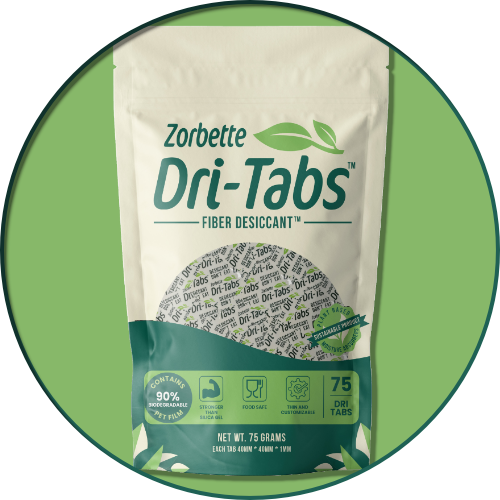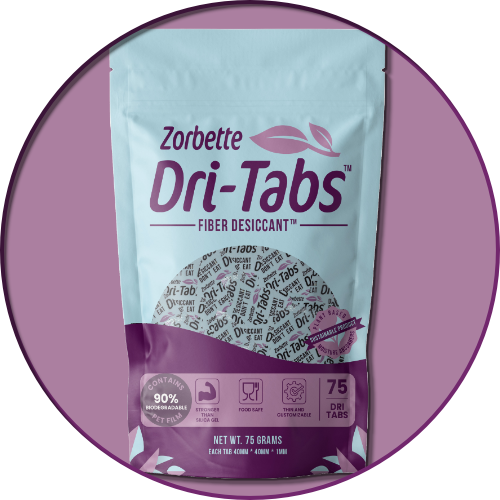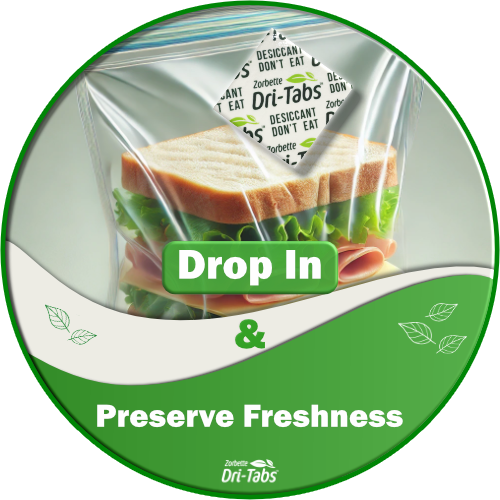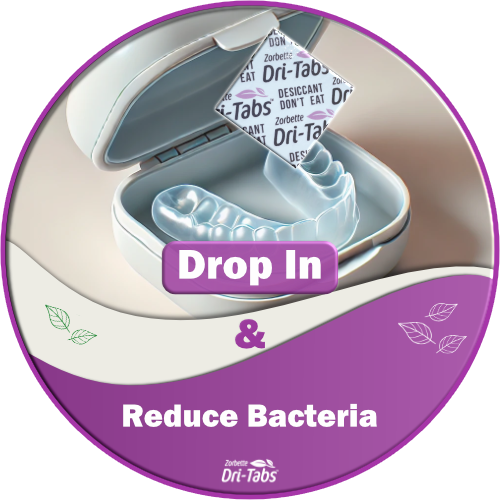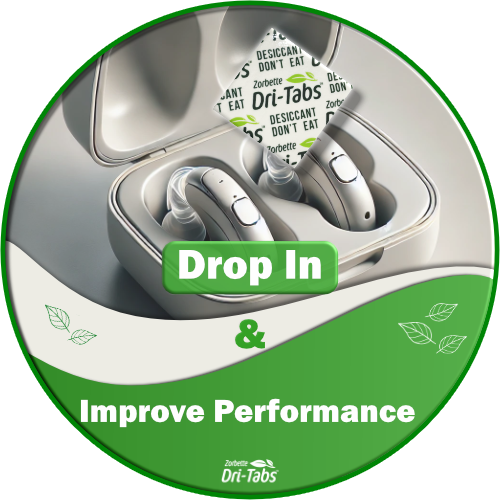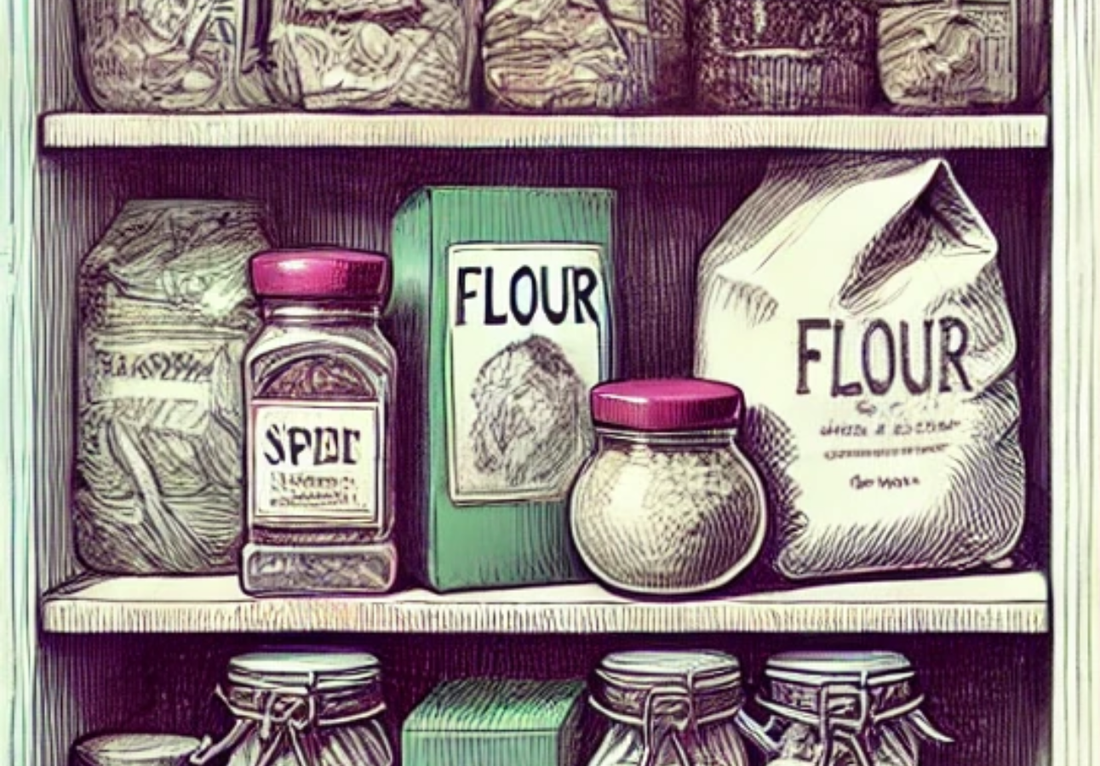
Why Your Pantry Staples Go Bad Faster Than They Should (And How to Fix It)
Patrick SassanoShare
If you’ve ever opened a box of cereal only to find it stale, noticed your sugar clumping together, or found that your flour has an off smell, you’re not alone. Many pantry staples spoil or degrade faster than they should, and the main culprit is humidity and moisture. Even in a well-sealed pantry, excessive moisture in the air can wreak havoc on your dry goods, causing them to lose their quality, texture, and even their safety.
The good news? You can extend the shelf life of your pantry staples by controlling moisture levels and using food-safe desiccants like fiber desiccants to keep your food fresh for longer.
How Humidity Affects Common Pantry Staples

Humidity and moisture can have detrimental effects on many dry pantry items. Here’s how it impacts some of the most commonly affected foods:
1. Cereal & Crackers
These breakfast and snack-time staples are meant to be crispy and crunchy. However, when exposed to humidity, they absorb moisture and turn stale quickly. Even if the box is resealed, humidity in the pantry can penetrate packaging, making your cereal lose its crisp texture and fresh taste.
2. Dried Oatmeal
Oatmeal is hygroscopic, meaning it naturally absorbs moisture from the air. This can cause it to clump together, develop mold, or even attract pests like pantry moths if left in a high-humidity environment.
3. Dried Pasta
Although pasta has a long shelf life, exposure to moisture can make it brittle, cause mold growth, or even encourage weevil infestations. Storing pasta in humid conditions can lead to spoilage much sooner than expected.
4. Flour
Flour is particularly sensitive to moisture. High humidity can cause clumping, encourage mold growth, and even introduce an unpleasant, musty odor. In worst-case scenarios, moisture can trigger the growth of harmful bacteria, making it unsafe to use.
5. Sugar & Salt
While sugar and salt don’t typically grow mold or bacteria, they are highly susceptible to clumping when exposed to moisture. This makes them difficult to measure and use effectively.
6. Spices & Herbs
Dried spices and herbs lose their potency much faster in a humid environment. Moisture exposure can also cause clumping, mold formation, and even encourage bacterial growth, rendering them unusable.
7. Rice
Rice may seem resistant to spoilage, but humidity can lead to moisture absorption, which causes clumping and increases the risk of mold or insect infestations.
How to Fix It: The Role of Food-Safe Desiccants

Controlling moisture in your pantry is essential to preserving the freshness and longevity of your dry goods. Here are some effective strategies to combat humidity:
1. Use Fiber Desiccants
One of the best ways to absorb excess moisture is by using food-safe fiber desiccants. Unlike traditional silica gel packets, which can pose a safety risk if ingested, fiber desiccants are non-toxic, biodegradable, and safe to use around food. These plant-based moisture absorbers help to prevent staleness, mold growth, and clumping, keeping your pantry staples fresh longer.
2. Store Items in Airtight Containers
Switching from original packaging to airtight, moisture-proof containers can significantly extend the shelf life of your pantry staples. Use glass jars, BPA-free plastic containers, or stainless steel bins with tight-sealing lids to keep humidity out.
3. Keep Your Pantry Cool and Dry
Temperature fluctuations contribute to condensation, which increases moisture levels. Try to keep your pantry at a stable temperature, ideally below 70°F (21°C), and ensure proper ventilation to minimize humidity buildup.
4. Rotate Your Stock
Always use the first in, first out (FIFO) method—meaning, older items should be used before newer ones. This prevents products from sitting too long and being exposed to moisture for extended periods.
5. Add Natural Moisture Absorbers
Aside from fiber desiccants, you can also use natural moisture absorbers like bay leaves (to deter pests), charcoal, or a small bowl of uncooked rice to help control humidity in your pantry.
Why Fiber Desiccants Are a Game-Changer for Pantry Storage
Fiber desiccants are revolutionizing the way we keep pantry staples fresh. These plant-based moisture absorbers offer several advantages over traditional silica gel or clay desiccants:
100% Food Safe: No risk of accidental ingestion or contamination.
Highly Effective: Absorbs moisture efficiently to prevent spoilage.
Eco-Friendly & Biodegradable: Unlike silica gel packets, fiber desiccants are sustainable and better for the environment.
Long-Lasting: Can be recharged and reused multiple times, making them cost-effective.
A small, discreet fiber desiccant placed in your flour container, spice containers, or cereal box can make a huge difference in preserving the quality of your food.
Final Thoughts: Protect Your Pantry from Humidity
Moisture is one of the biggest enemies of pantry staples, leading to staleness, clumping, and even mold. By taking preventative measures such as using airtight containers, maintaining a cool and dry storage area, and incorporating food-safe fiber desiccants, you can significantly extend the shelf life of your food.
If you’re tired of throwing away pantry staples before their time, it’s time to invest in moisture control solutions like fiber desiccants to keep your food fresh, safe, and ready to enjoy.
Ready to protect your pantry? Explore the benefits of food-safe fiber desiccants today!

Patrick Sassano
Learn MorePatrick Sassano is founder Dri Biz Inc, a desiccant and rust preventative retailer.


